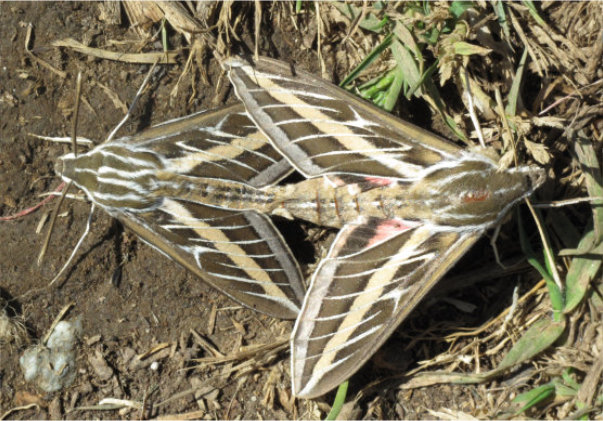
The Natural History Museum in London is undergoing trials aimed at confusing male moths into mating with other males in a bid to curb the march of the fabric-munching insects.
The idea is to mimic female moth pheromones within wax tablets that the moths are attracted to. Some of the pheromone rubs off onto the bodies of the males, and that in turn attracts other males to them, rather than the females.
This disrupts the mating cycle, meaning that fewer moths actually mate, and fewer cloth-eating larvae are produced.
A trend towards using natural fibres in bedding, furniture and clothing has led to an increase in problems with common types of moth in the UK in recent years. They are also a major menace for the dry food storage industry.
Other places trialling the new idea include Hampton Court Palace, the Houses of Parliament and the Royal Opera House.
According to UK pest control network The Pest Professionals, there are over 2,000 species of moth in the UK. Common pest moths include the common clothes moth and the brown house moth.
In all cases it’s the larvae, and not the adult moth, that does damage to your clothing and fabrics. If a colony becomes established, heat treatment for moths is a recognised way of getting rid of them, as they have no resistance to heat.








































